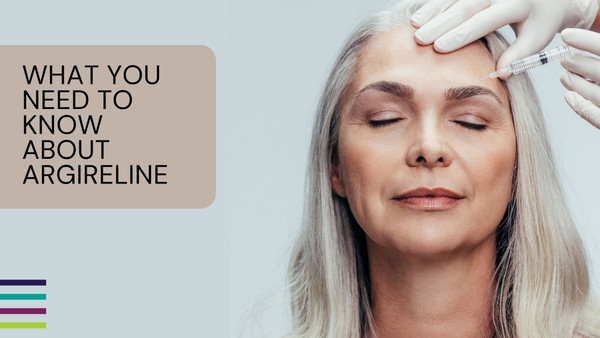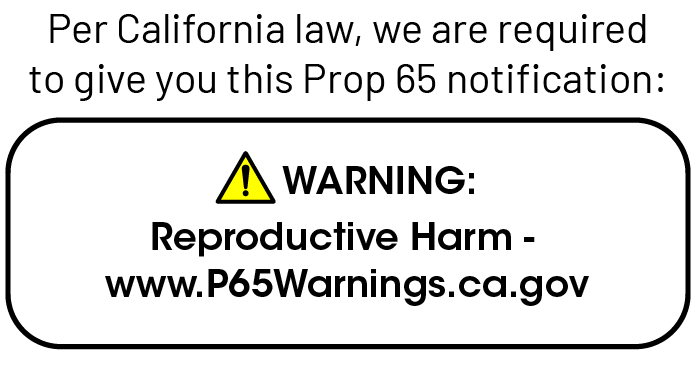Understanding pH in Your Skincare Products | Skin Actives
Posted by Rachel Pierce on Feb 7th 2023
Understanding the pH of your skincare products can help with layering and choosing when to use which products and in what order. Learning about pH can also help you with your DIY formulations.
So what is a pH?
What pH Should Skin Care Products Be?
Most moisturizers are a pH range of 5 - 7, serums are typically 4 - 6. The majority of your skin care products are going to fall into this range. Products that are going to have more acidic ranges, like ascorbic acid vitamin C based serums are going to be around 2.6 - 3.2 pH to help exfoliate the skin. AHA/BHA products fall into the pH range of 3 - 4 and also accelerate exfoliation. Since these products have a low pH you wouldn’t want to customize them with peptides or protein ingredients or layer them together without waiting. Peptides and proteins don’t like extreme pH ranges and the low pH will destroy them because they are delicate. Anything lower than a 4 or higher than a 7 should be avoided with peptides/proteins in a formulation or when laying products together without waiting.
Tips For Using Your Knowledge of pH in Your Skincare Routine
- Don’t layer a product with peptides or proteins with a low pH range product because they would essentially be deactivated and you would be wasting your money losing the peptides/proteins. To avoid this you can wait 30 mins after applying a product with a low pH so that your skin can adjust and then you can apply your products with peptides and proteins. If you don’t want to wait then just don’t pair them together at all. For instance if you are using the Vitamin C Serum 15% or 20% in the morning, wait 30 mins before applying a product like the Collagen Serum which contains EGF (sh-Oligopeptide-1). If waiting 30 mins isn’t your style then you can always just pair your low pH products with those that do not contain any peptides or proteins. Using the Vitamin C Serums in the evenings to exfoliate the skin followed by the Every Lipid Serum or the Hyaluronic Acid Moisturizer are great choices to use immediately after since they don’t contain sensitive peptides and proteins. Hyaluronic Acid isn’t actually acidic so don’t let the name fool you, HA is just a water absorbing molecule.
- Which brings us to the confusing part, how do you remember what is acidic and what isn’t? If you have trouble remembering which ingredients or products have low pH ranges you can purchase some pH strips online. These handy little strips will change color and give you a guide on its packaging so you can check the range.
- Another good tip is to know that although retinoids exfoliate the skin, they actually aren't low pH ranges. Typically retinol products are going to be in the range of 4 - 6.6. That means you can use them with peptides and proteins. Anything over a 7 wouldn’t be good for skin and you're not going to find products that are that alkaline.
- Finally you should know that you can’t read the pH range of an oil serum. Our Glycolic Alpha Beta Exfoliant Solution is an oil based serum for chemically exfoliating the skin but since it’s an oil the pH strips will not read the pH.
Learning how pH works can help get the most out of your routine but if you find yourself getting confused don’t overthink it. Experimenting with products is always the best way to find out what works best for your skin and you can just observe how your skin reacts to certain combinations based on the results you're getting. Avoid routines or products that cause redness or irritation but don’t get so caught up in rules that you feel intimidated. You can always email us with questions at info@skinactives.com.

